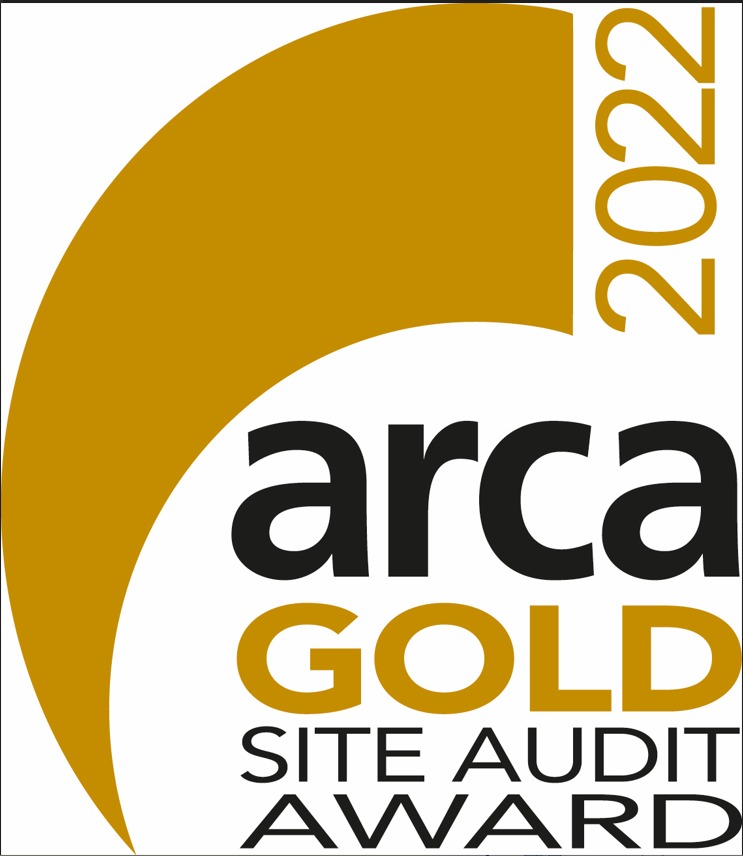Mould is a fungi which thrives in moist warm areas. When disturbed it releases microscopic spores which can be harmful when breathed similarly to asbestos fibres. There are over 100,000 types are mould with different threat levels, the most commonly spotted in homes are Cladosporidium, Alternaria and in more extreme circumstances Stachybotrys Chartarum which are also referred to as black mould.
Mould is very common and can grow on most surfaces including tiles, fabrics, carpets, wallpaper, wood and other materials where moisture is present. It is often found in small quantities in bathrooms but will thrive anywhere that the conditions are right including within the internal structures of buildings where is can often remain for years undetected.

Why is mould a problem?
Mould (mold) can cause a variety of medical problems, particularly to people who are sensitive to the allergens that moulds produce. Ailments such as sneezing, runny nose, red eyes and skin rashes are most common however mould can also affect the immune system and trigger more serious issues such as asthma attacks. Stachybotrys Chartarum has been linked to sick building syndrome where toxins released by the fungus have caused people to feel unwell.
Can I remove it myself?
It is perfectly reasonable for you to remove small amounts of mould in your own home. Using correct products and safety measures as part of a daily cleaning regime can keep small out breaks at bay. Where the growth is extensive or it could be invading other areas due to issues such as poor ventilation or flooding it is highly recommended that correctly trained personnel are instructed to carry out the removals. In more extreme cases it may be required that the materials to which the mould is attached is fully removed and disposed of such as plasterboard. Investigations should be carried out to identify the source of the mould and steps made to fix them to prevent future regrowth. This could be as simple as installing a vent panel or repairing a leaking pipe.
My mould is out of hand, can you help?
Yes, of course we can assist with your mould removal. Our Technicians are trained inline with the ANSI/IICRC S520 Standard to remove mould and adopt extensive control measures to ensure that the problem is contained. Where extensive mould be present the removals will take place within an enclosure under negative pressure similarly to the containment requirements for the removal of asbestos insulation board.



